Museu de Marinha (Naval Museum) // Frigate Dom Fernando II E Glória, Lisbon
A review of the Museu de Marinha (Naval Museum) and Fragata (Frigate) Dom Fernando II e Glória. Together, this substantial museum and restored naval frigate give interesting insights into maritime life in Portugal.
Naval Lisbon
Lisbon was long the capital of an empire. It sits on a river estuary as it joins the Atlantic. Bold explorers set sail from here for parts unknown. People and goods travelled back and forth from here for centuries in a colonial exchange. So it is not surprising that Portugal’s Navy looms large in its history. Or that there are several sites you can visit today which connect to this maritime and naval history. One is the Padrão dos Descobrimentos which we saw in the last post. Today we take a look at two more – the Museu de Marinha and historic frigate Dom Fernando II e Glória.
So, without further ado, let’s get stuck in!
Museu de Marinha (Naval Museum)
First of all, please note that I’ve seen the Museu de Marinha variously translated as Navy/Naval Museum and Maritime Museum. I’ve gone with Naval Museum (because the Portuguese Navy administers the museum). But if you see any references to Lisbon’s Maritime Museum then this is the same place!
The Naval Museum was one of our stops on our day in Belém. It is in the Jerónimos Monastery, a 16th Century building and part of a UNESCO World Heritage site. Like most of our visit to Lisbon it was really raining as we approached the museum. So we didn’t quite get the time to appreciate the lovely exterior… The architecture is Manueline – an ornate, a specifically Portuguese style incorporating maritime elements, so very fitting for this museum.
The Naval Museum opened here in 1963. But the collection goes back to King Luis I, who began to preserve Portugal’s maritime history from the 1860s. Today, the museum is in three distinct sections physically, which coincide with three different styles museologically speaking. Visitors enter through a modern section where objects tell the story of Portuguese maritime/naval expansion and exploration. Turning a corner, you then enter a much more old-fashioned section in the glass cabinet tradition. And finally you head over to a 1960s hangar full of different types of boats and ships. There is a lot of interesting information to absorb. It’s lucky there’s a quiet cafe at the end where you can refuel with one of Lisbon’s many sweet treats.
Read on for a bit more detail on the Naval Museum, before we sail across the Tagus to a historic frigate which complements this museum visit well. Those visiting Lisbon with children (or partners who enjoy maritime history) could do much worse than visiting one or both of these destinations!
One Museum, Three Identities
So as I mentioned above, each section of this museum feels very different. You start with a general overview. The museum consciously excludes everything before Portugal’s Age of Discovery, for the fairly sensible reason that maritime history before then was largely confined to the Mediterranean. This part of the museum is pretty text-heavy, but uses objects to illustrate the stories it tells. We learn about commerce and trade, early long-distance voyages, the growth of Portugal’s empire, and so on. Like at the Padrão dos Descobrimentos I had the feeling that Portugal hasn’t plumbed the depths of its difficult histories. I only spotted one brief panel to tell the story of enslaved people, for example. But overall I found this section absorbing. The curators have selected interesting objects, the texts illuminate new (to me) stories, and the layout is engaging given how much reading there is to do.
Turning the corner, it’s like a different museum. Or time travelling back to 1963. Which is not necessarily a bad thing, it depends what you like in a museum. Rather than information with illustrative objects, there has been a reversal. There are lots of objects in glass cases or wall-mounted, and we as visitors interpret them. I quite enjoyed this section because it reminded me of maritime museums all over the world; models, pictures, bells, mementoes, arrangements of different knots. I’m sure your imagination is conjuring up just the right sort of place. There are some interesting videos here which modernise it somewhat, and you can explore the former monastery cloister as well as an upstairs exhibition space, but it’s all fairly standard.
Backtracking a bit, you now enter the third and final section of the museum. This is a hangar space (which reminded me of my visit to Duxford) containing various ships and boats (and the odd plane). There is a nice platform to get better views, and I liked the 1960s design. But I fancied a stop in the cafe by this point so didn’t stick around too long.
Salterton Arts Review’s rating: 3/5
Fragata Dom Fernando II E Glória
The next day, my partner and I took a ferry across the Tagus to Cacilhas, a small community I talked about briefly here. If you’re not here to get a bus to the Sanctuary of Christ the King, then the other main sight is the Dom Fernando II e Glória. The Portuguese Navy care for this historic frigate, as they do the Museu de Marinha.
The frigate has had an interesting life. After launching in 1843, her maiden voyage was in 1845. This timing meant that she is notable for a series of ‘lasts’. She was the last sailing warship Portugal built, and therefore also the last to be built at Daman in India. She was the last ship to do what was known as the Carreira da Índia (India run); a military line connecting Portugal with its colonies. Dom Fernando II e Glória remained in active service until 1878, doing the equivalent of five circumnavigations of the globe. She was subsequently permanently moored, acting as the Naval Artillery School and then the flagship of the naval forces of Continental Portugal.
In 1963 disaster struck. During repair work, the ship caught fire and suffered substantial damage. The Dom Fernando II e Glória was towed out to a spot on the Tagus where she wouldn’t be in the way, and abandoned for 29 years. The Portuguese navy decided in the early 1990s to restore her; she was reinstated as an official naval boat in 1998. Not coincidentally, this was just in time for Expo ’98 and the 500th anniversary of Vasco de Gama discovering the sea route to India. Dom Fernando II e Glória has remained a visitor attraction since then.
How Many Mannequins Is Too Many?
Firstly, let me say that the most remarkable thing about our visit to Dom Fernando II e Glória was that we were the only people there. The entire time. I don’t know when I last had an entire visitor attraction all to myself. It was quite amusing; the only other people around were the naval officer who sold us tickets, and another who has a little office on the frigate, was taken by surprise when we appeared, and quietly shut his door.
So as you can tell by the images, this meant we were vastly outnumbered by mannequins. On the one hand, this gave it quite a 90s feel. On the other, I don’t know how else you interpret a place like this. At the end of the day the mannequins do help you to understand life on board the ship. There are also information panels, and even QR codes for further reading.
Despite (or because of?) the eery quiet, we enjoyed our visit to Dom Fernando II e Glória. It brought to life the India Runs we had read about at the Naval Museum the previous day. It was different than any of the other sites we visited on our trip to Lisbon. And it got us out of the central city for a bit of exploring.
Whether you visit one or both of these sites, there is a lot to learn, and new insights into Portugal’s (maritime) history to discover. Or if neither of these has tickled your fancy, take a look at this long weekend guide for more inspiration.
Salterton Arts Review’s rating: 3/5
If you see this after your page is loaded completely, leafletJS files are missing.

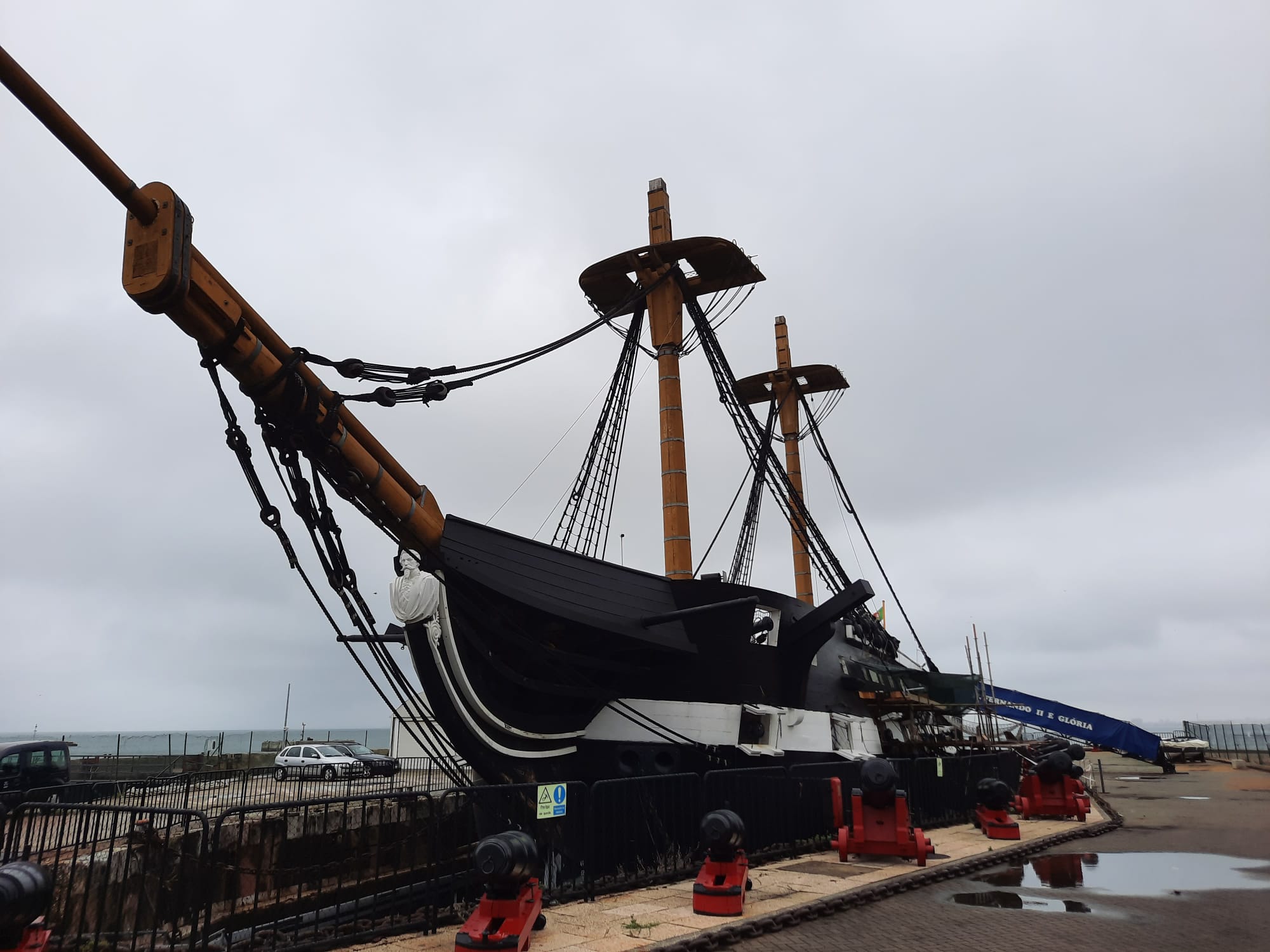
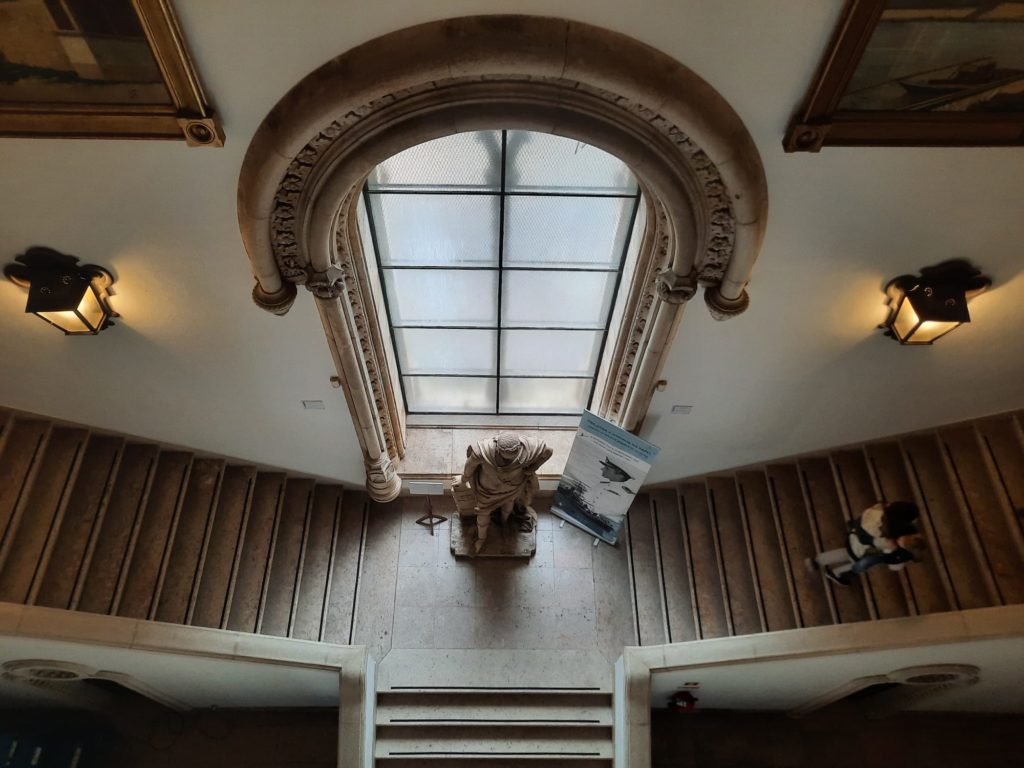
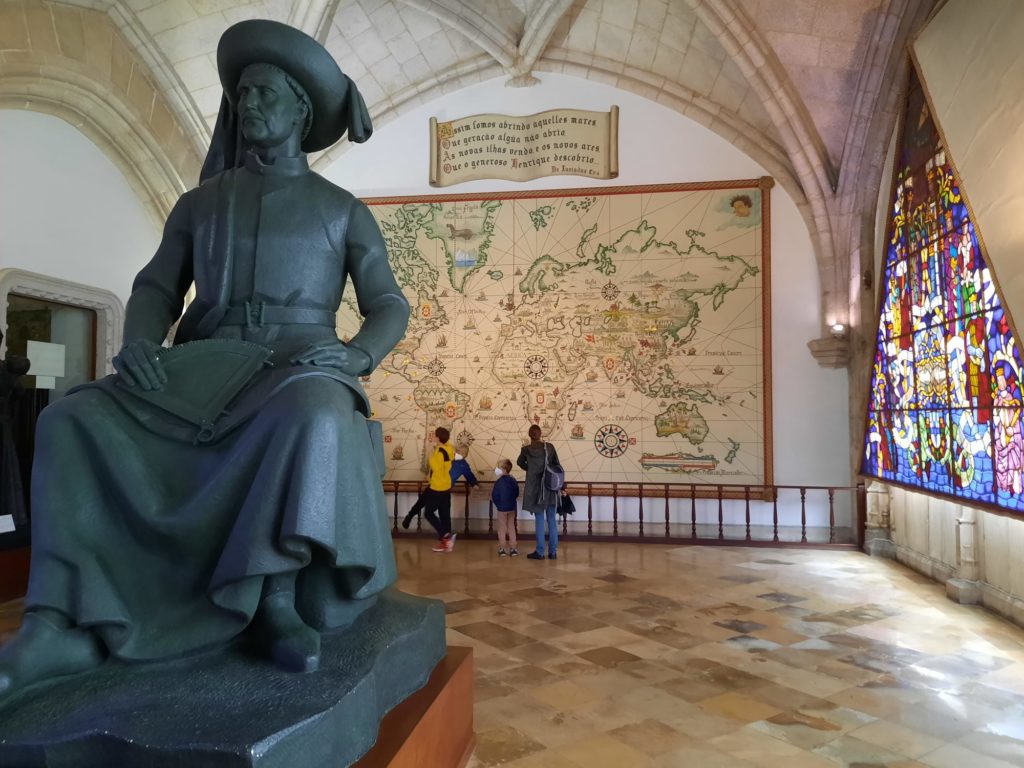
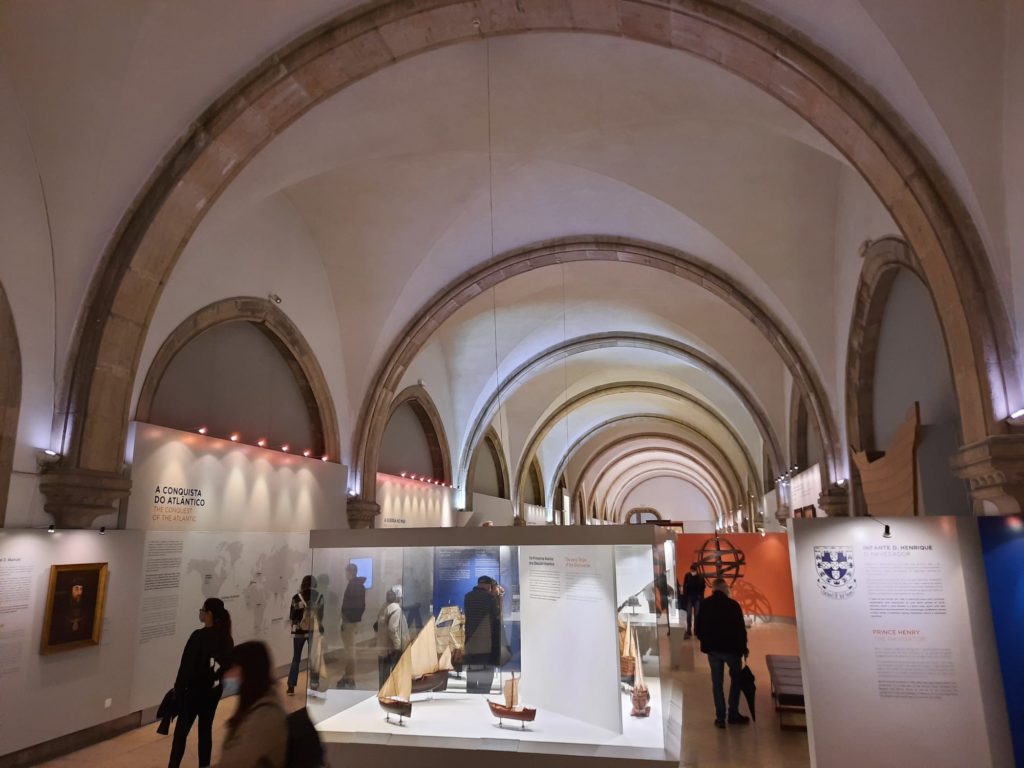
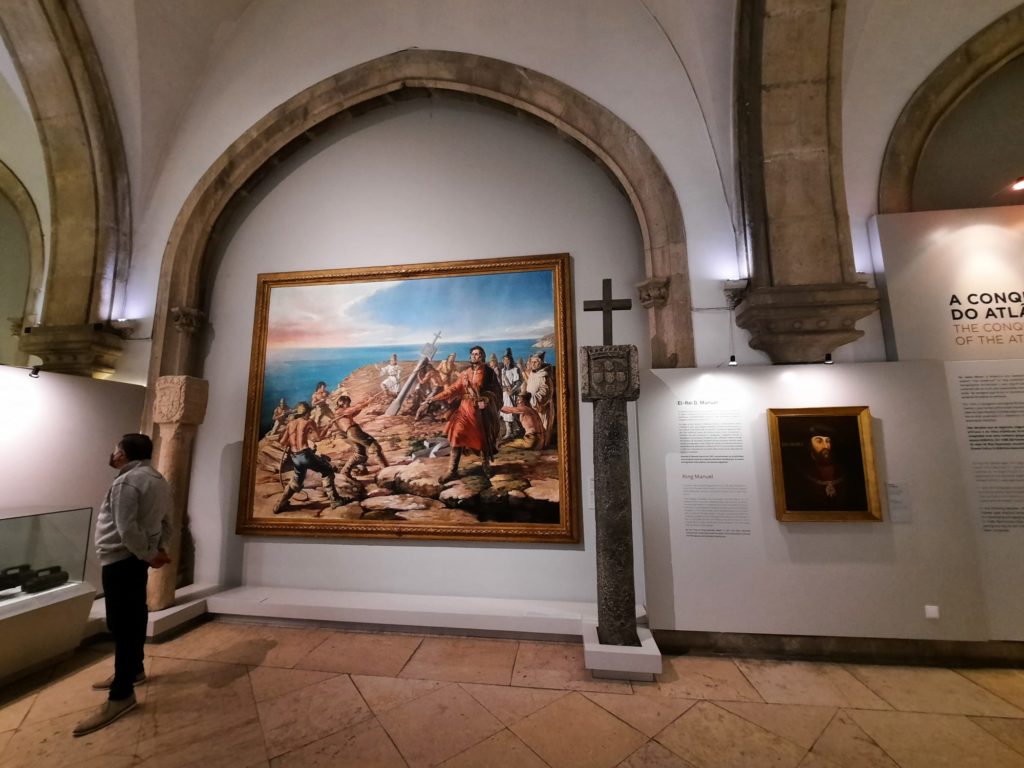
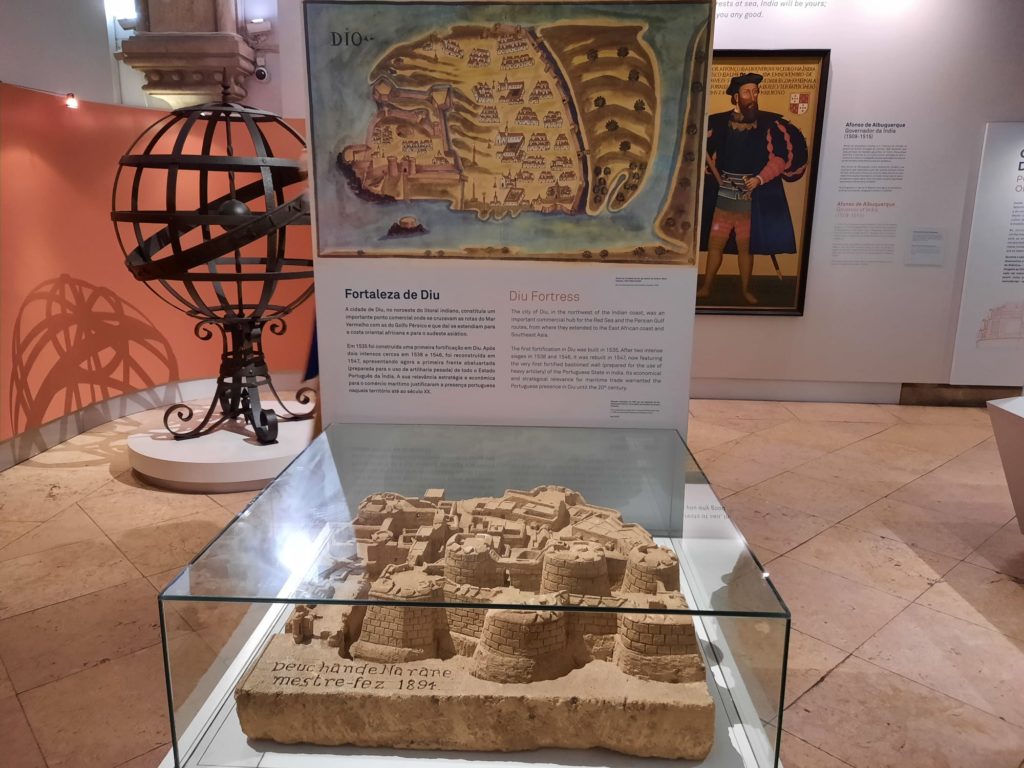
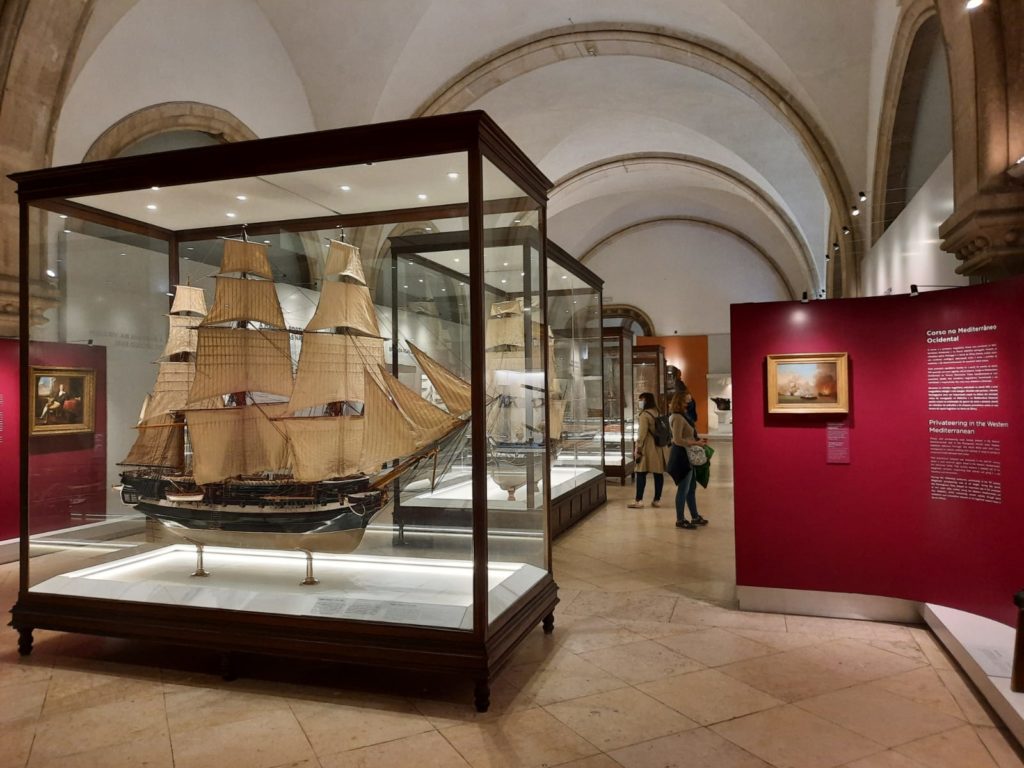
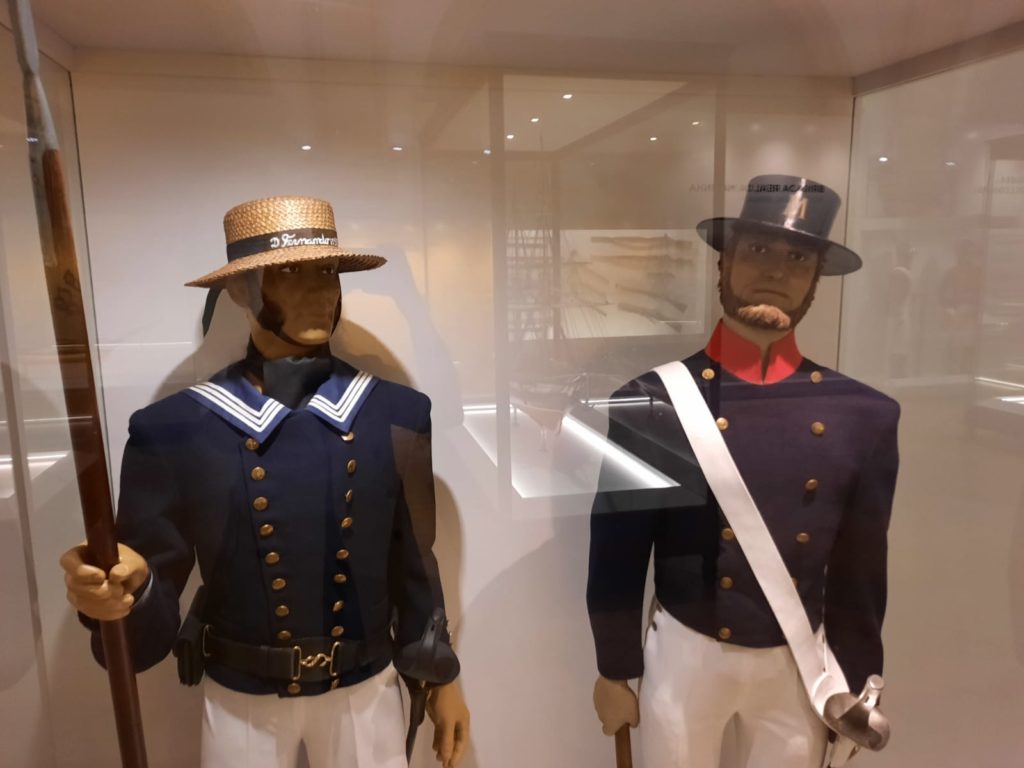
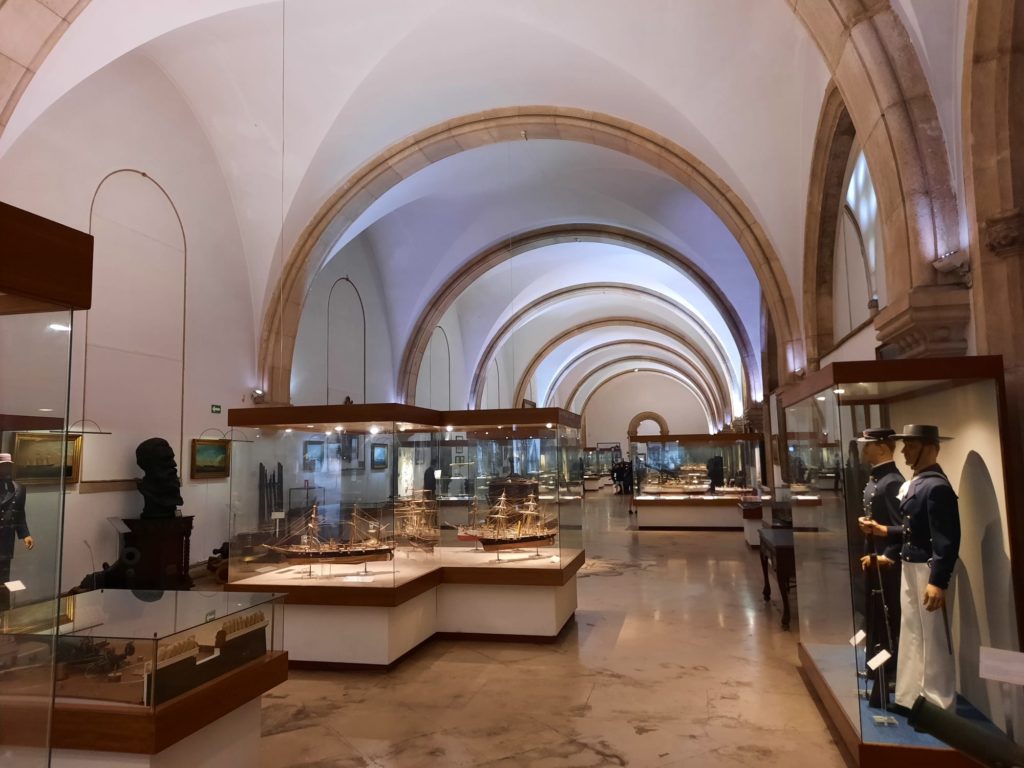
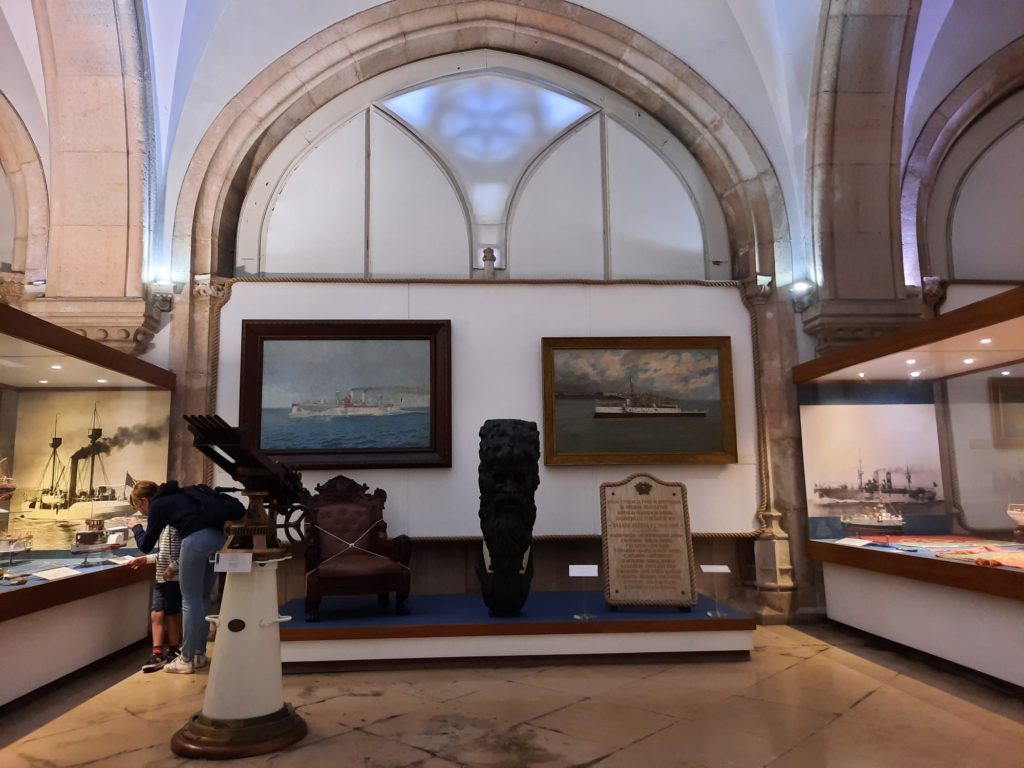
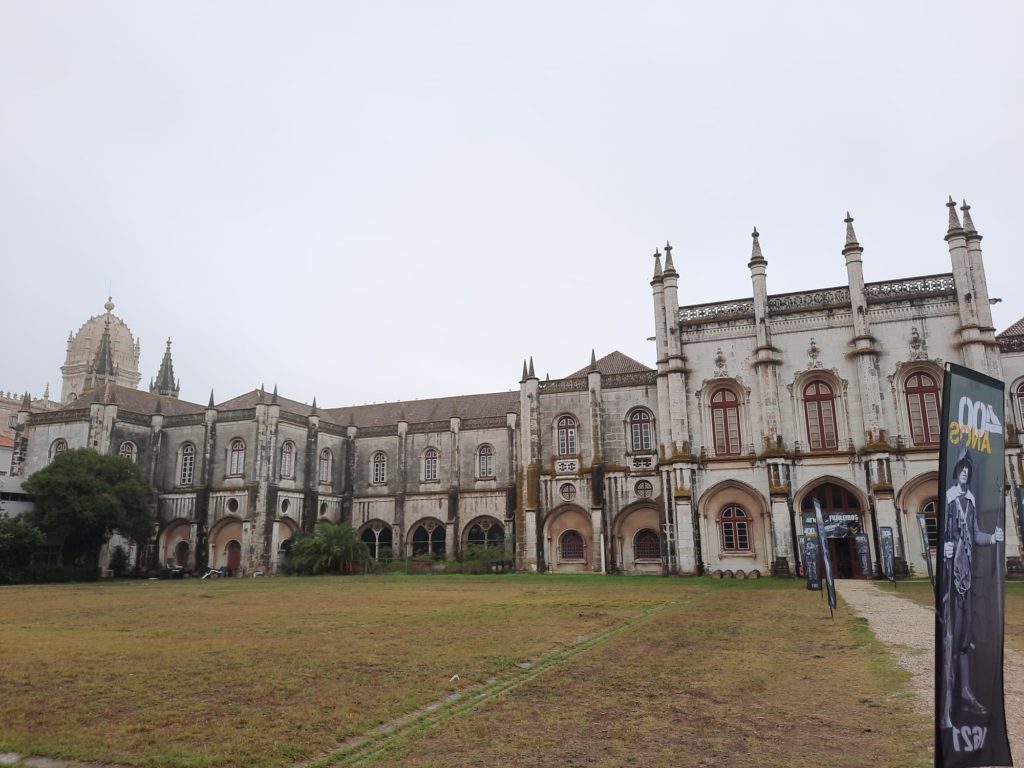
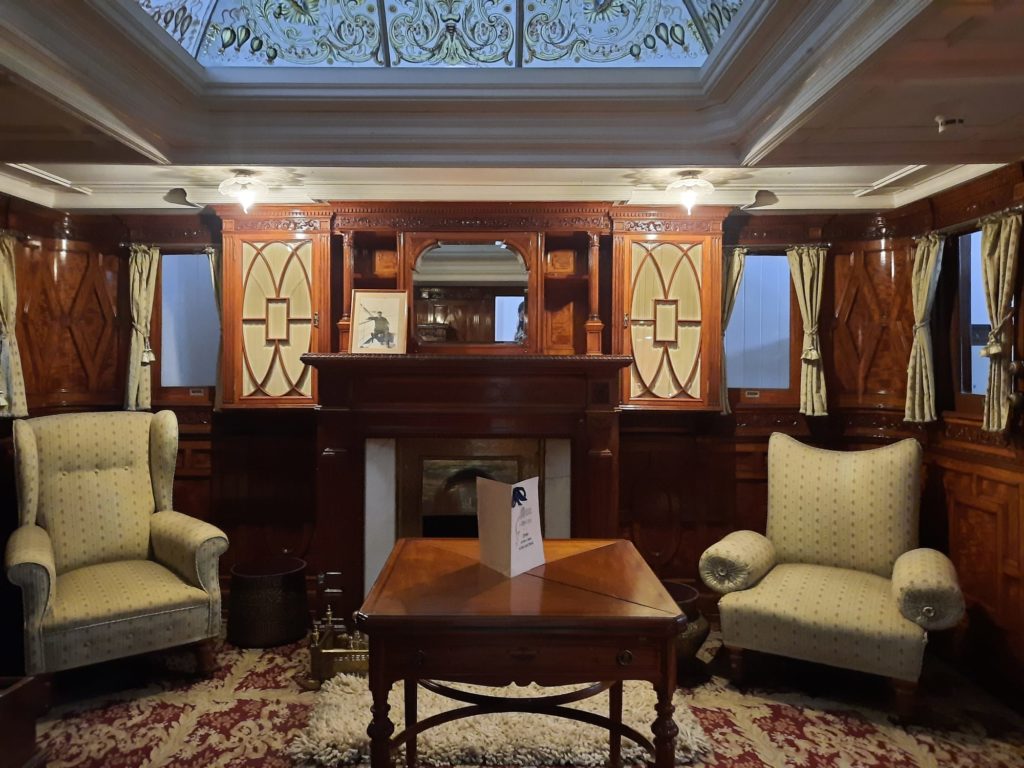
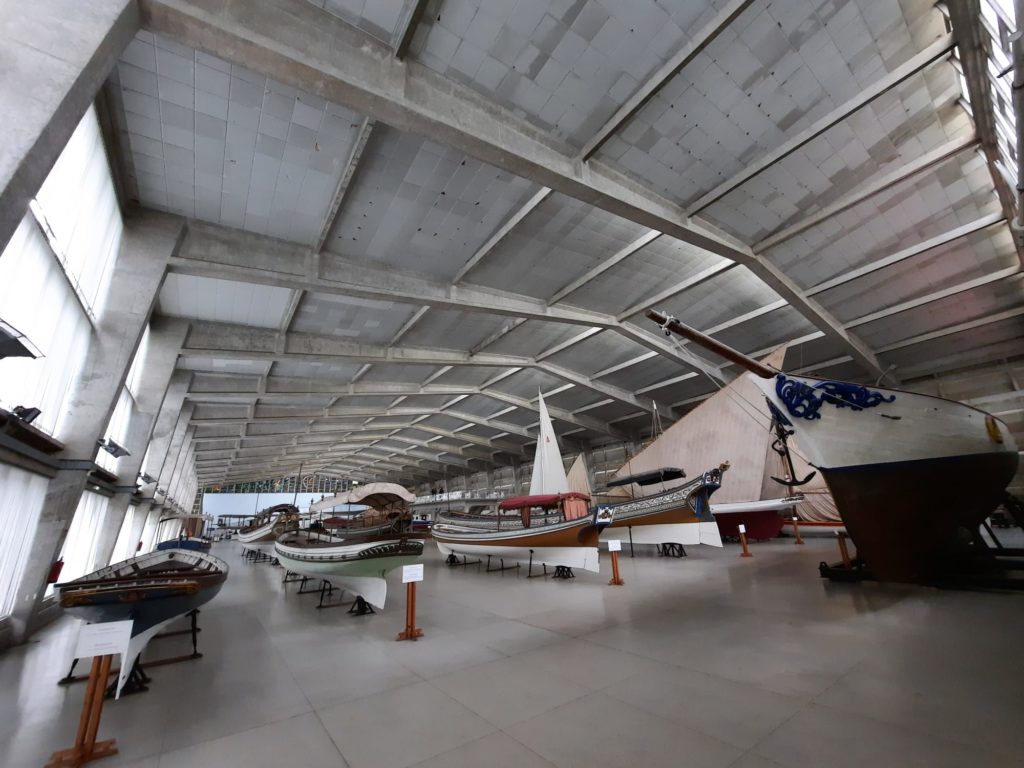
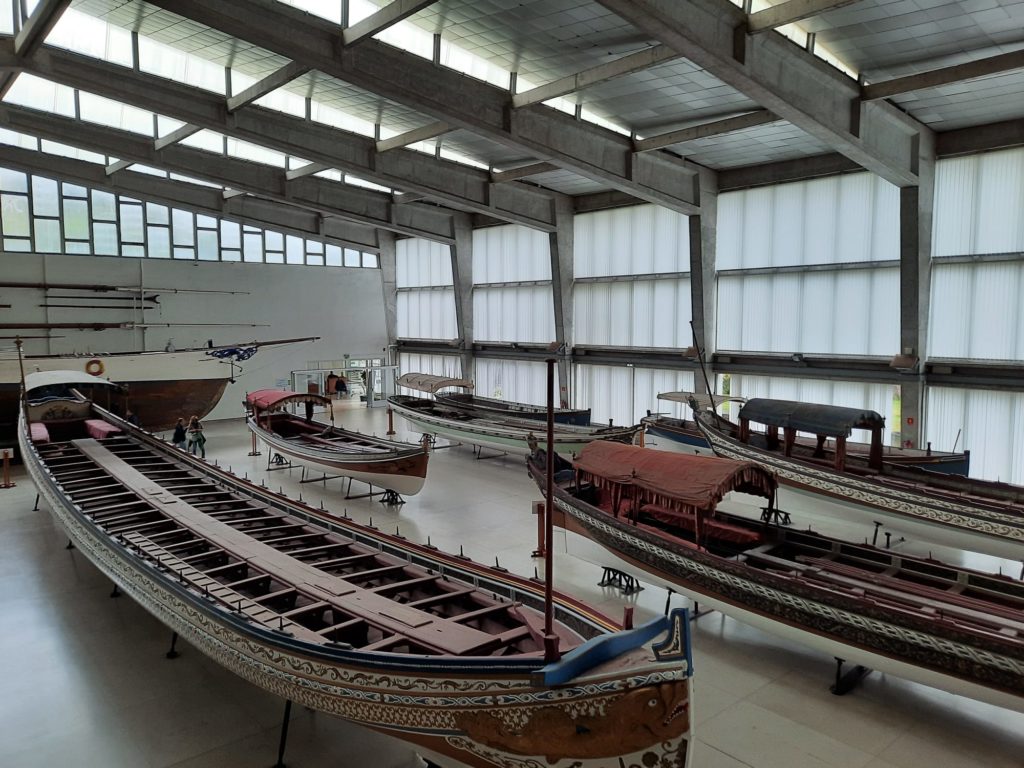
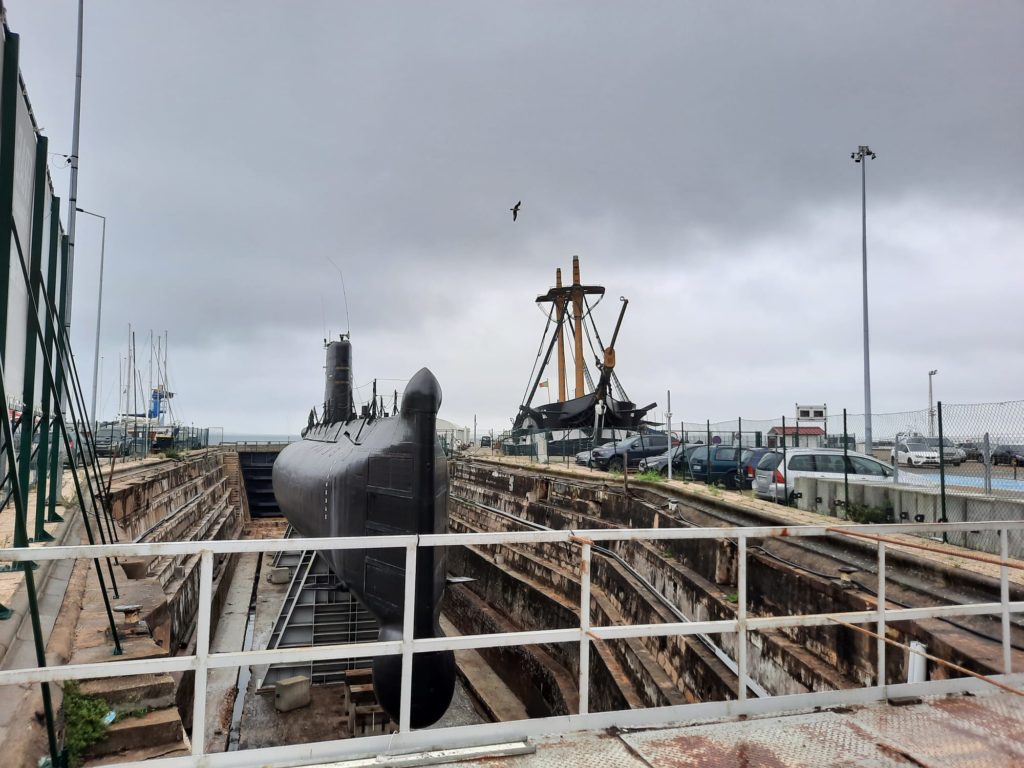

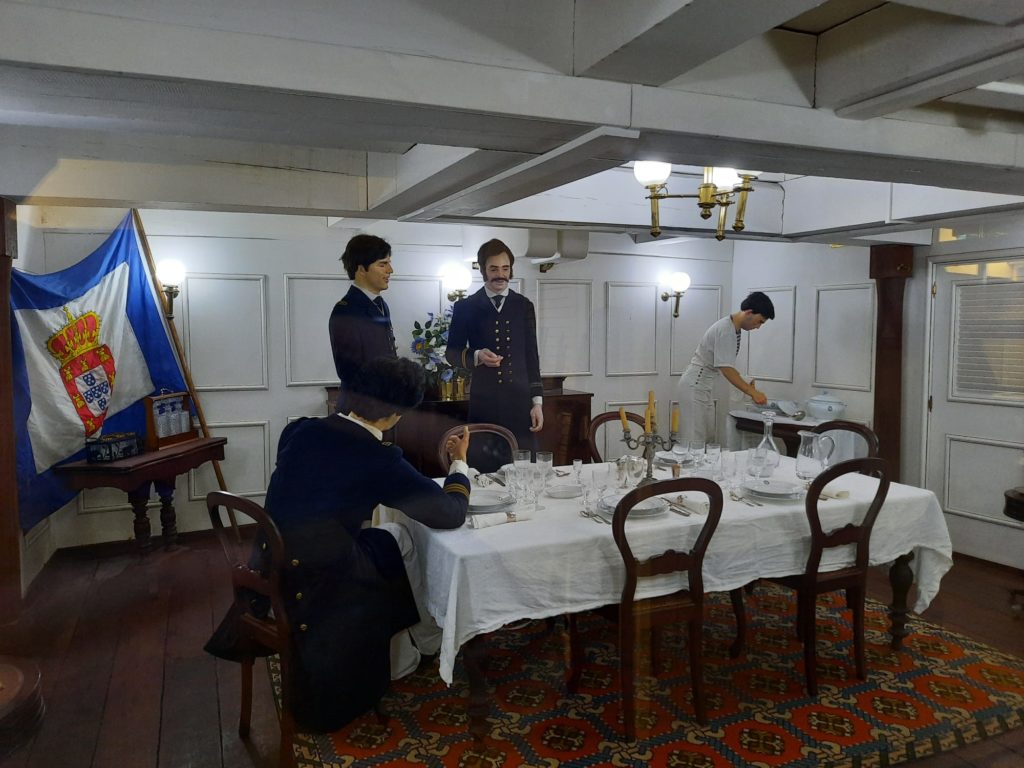
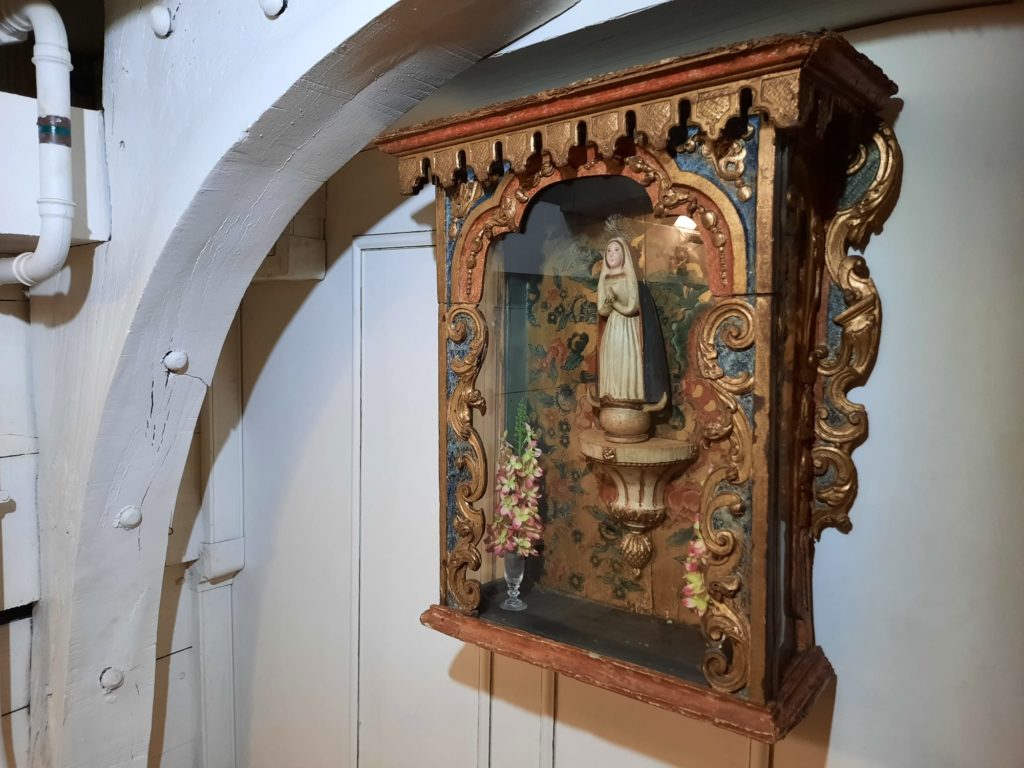
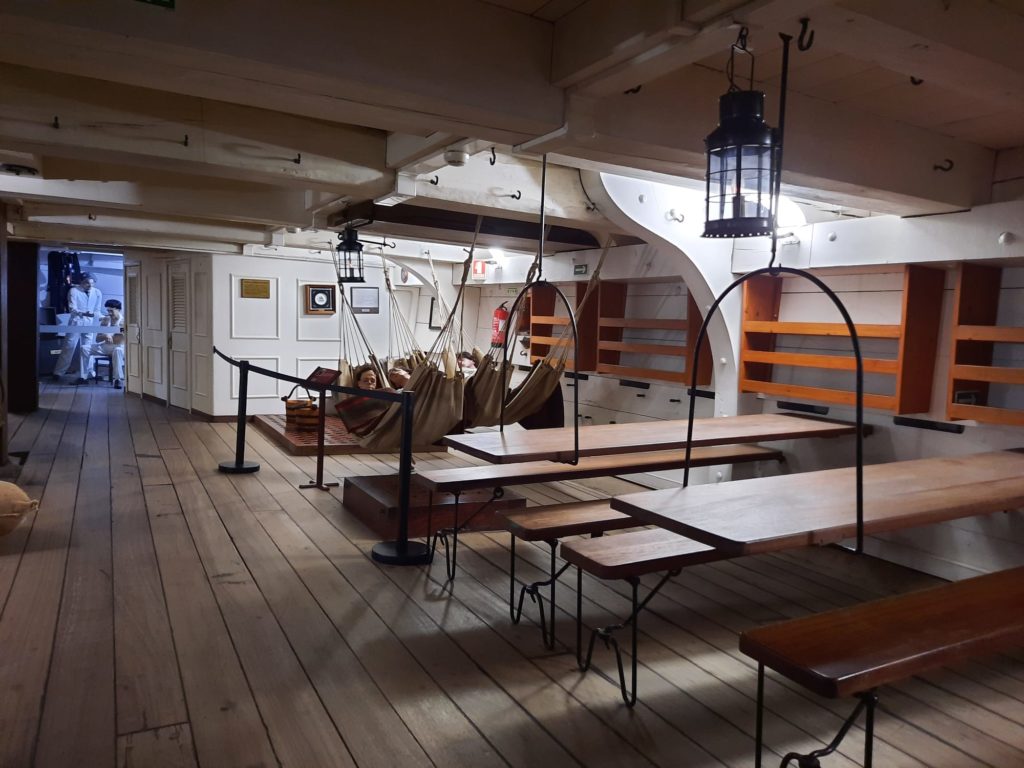
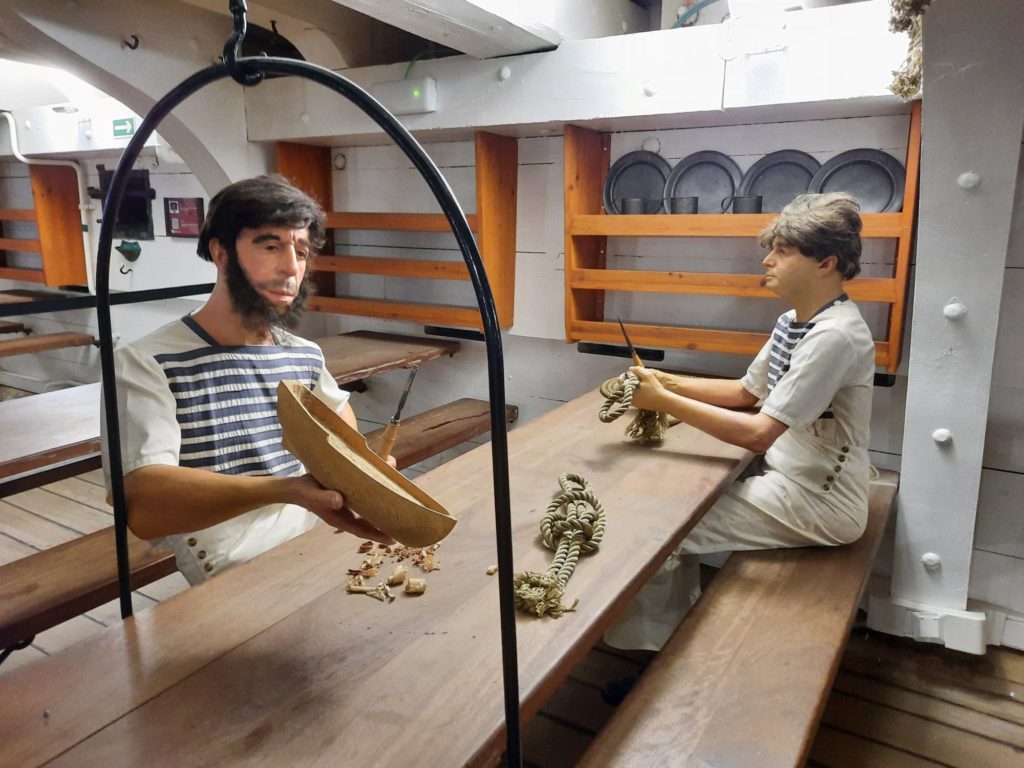

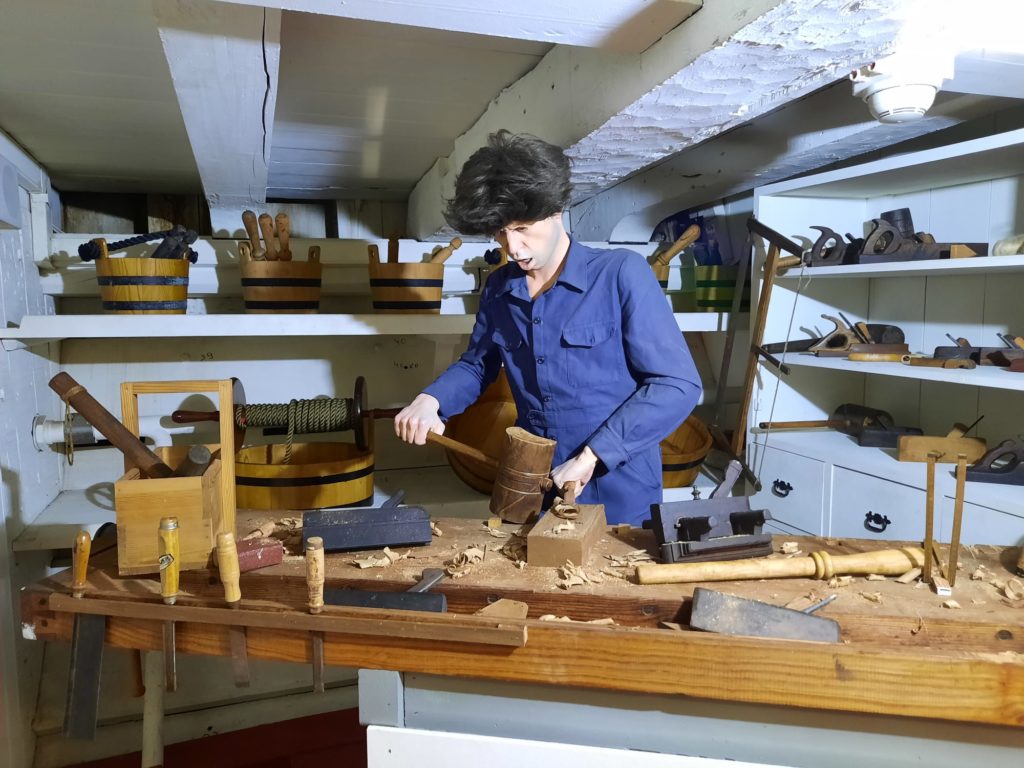
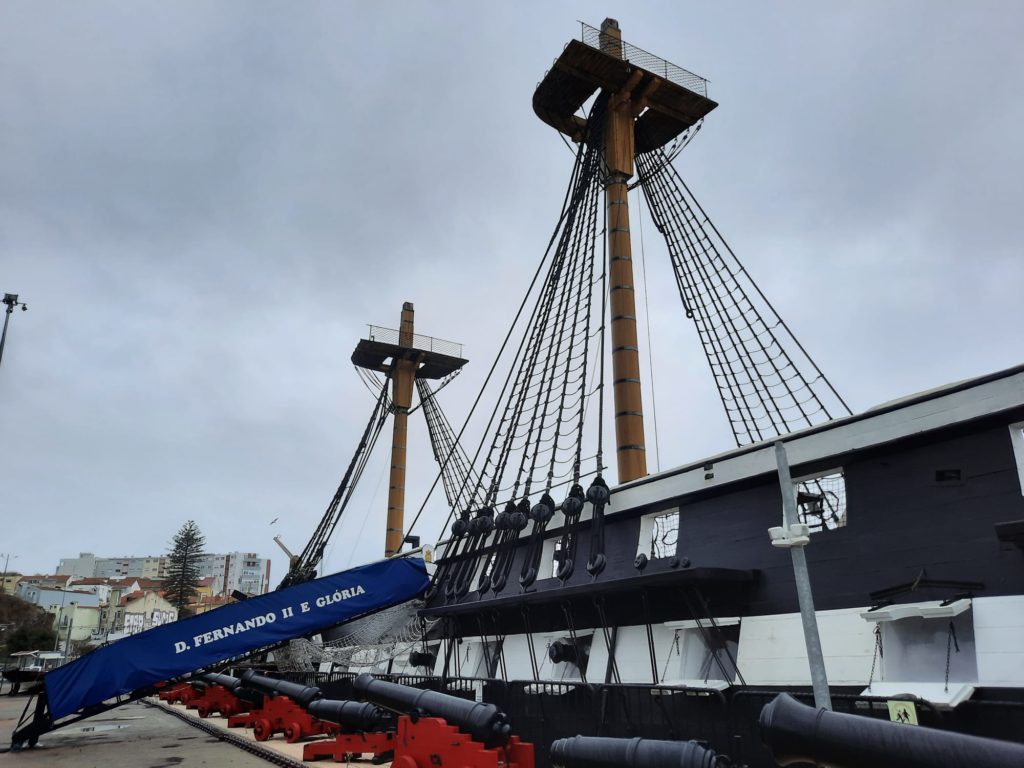
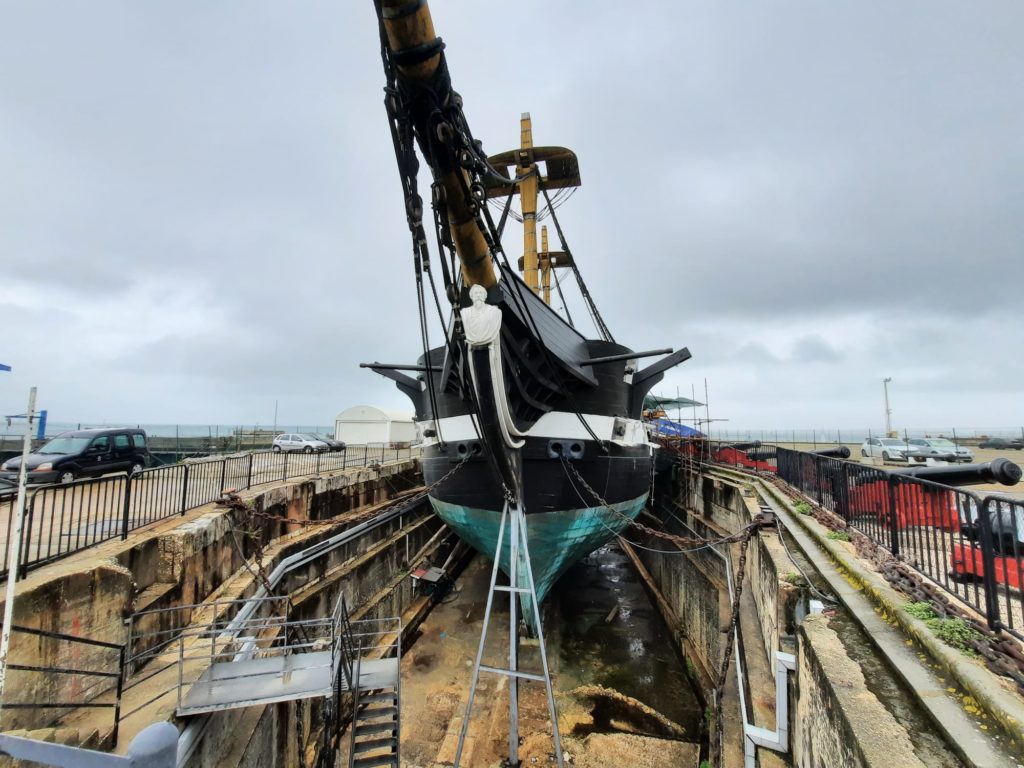
2 thoughts on “Museu de Marinha (Naval Museum) // Frigate Dom Fernando II E Glória, Lisbon”